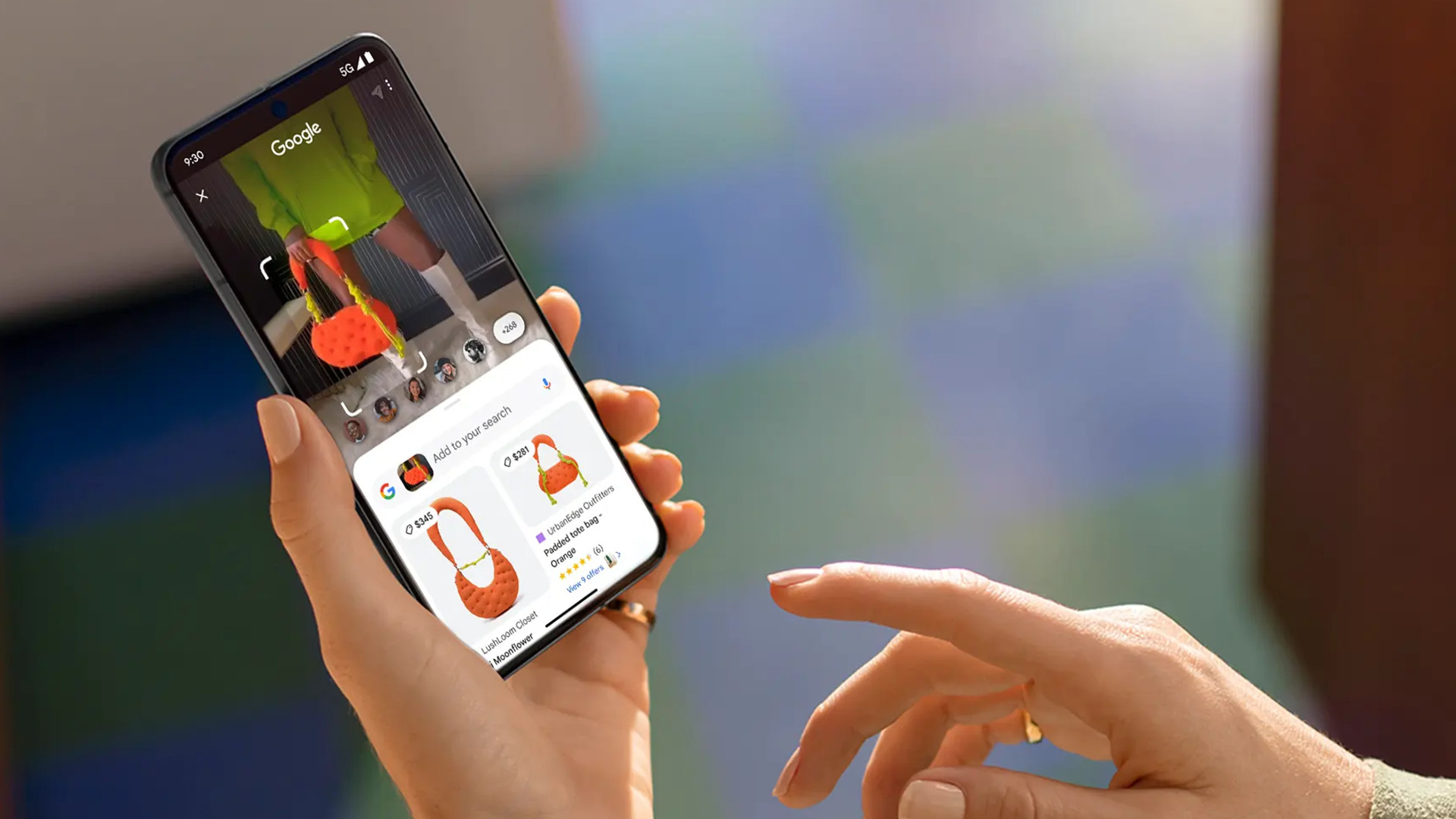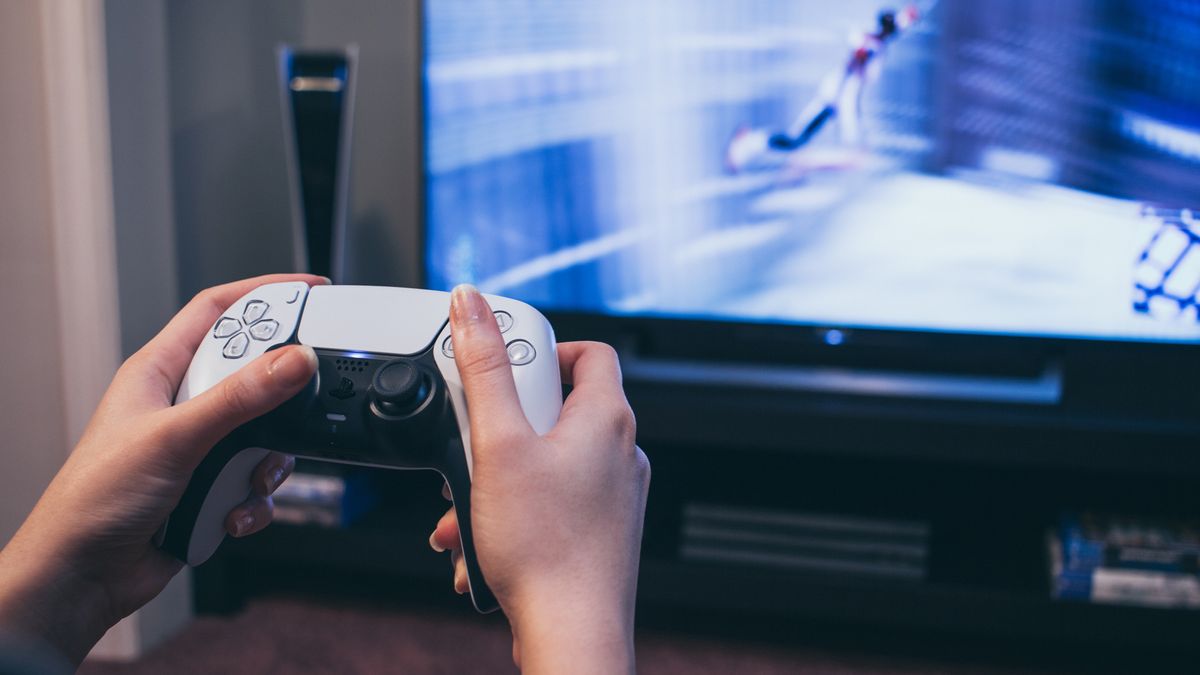Google has announced that the final version of Android 15 has been submitted to the Android Open Source Project (AOSP), where developers and manufacturers can take the code and adapt their apps and Android versions accordingly.
It's a major step toward a public release, but we're not there yet. Google says Pixel phones like the Google Pixel 9 will get the update “in the coming weeks” (likely October), while phones from other manufacturers (like the Samsung Galaxy S24) will get Android 15 “in the coming months.”
Google’s announcement post highlights some of the new features we heard about at Google I/O 2024 in May: a private Space for your most important apps, better support for multitasking on large displays, improved battery life, and a low-light boost for the camera that makes it easier to see what’s in the frame before you snap a photo.
Now, Google, Samsung, OnePlus, and the rest must add their own tweaks and improvements to Android 15 before it's available to users. For Pixel phone and tablet users, this could include new screensavers and avatar options.
While the wait for Android 15 continues, Google has also released four new Android updates. Google hasn't specified which Android versions these are for, so we assume that means they'll work on most modern phones and tablets running Android.
1. Earthquake warnings are expanding across the United States.
Google has been experimenting with using Android phones as earthquake detectors for years, but now the feature is expanding across the United States, meaning that a lot more people can get important information about seismic activity. Google has published a blog post dedicated to the feature, which explains more about how it works.
2. Audio descriptions powered by Gemini AI
Of course, AI is involved, too: Android includes a TalkBack screen reader to describe images for the visually impaired, and those descriptions will now be powered by Gemini’s AI. That should mean more detailed information about what’s on the screen, whether it’s images in a chat thread, on a shopping website, or in a phone’s camera roll.

3. Search for music with Circle to Search
As previously rumored, Circle to Search will have the ability to identify songs. If it's available on your phone, you can activate Circle to Search with a long press of the home button or navigation bar, then tap the music button to identify a song, whether the song is playing somewhere near you or in an app that's currently running on your phone's screen.
4. Chrome can read web pages to you
This is something we've seen tested before, but now it's officially available to everyone: In Chrome for Android, you can tap the three dots in the top right corner of a browser tab, then choose Listen to this page to be read to you. You even have some simple, podcast-style playback controls (including speed control) and a choice of voices.








